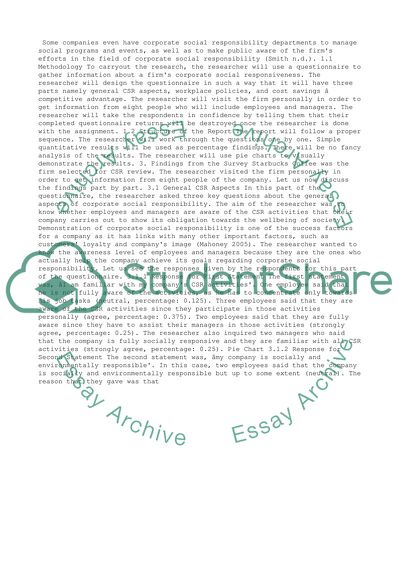Cite this document
(“Corporate social responsibility (questionarie: 8 people) Essay”, n.d.)
Corporate social responsibility (questionarie: 8 people) Essay. Retrieved from https://studentshare.org/management/1458751-corporate-social-responsibility-questionarie
Corporate social responsibility (questionarie: 8 people) Essay. Retrieved from https://studentshare.org/management/1458751-corporate-social-responsibility-questionarie
(Corporate Social Responsibility (questionarie: 8 People) Essay)
Corporate Social Responsibility (questionarie: 8 People) Essay. https://studentshare.org/management/1458751-corporate-social-responsibility-questionarie.
Corporate Social Responsibility (questionarie: 8 People) Essay. https://studentshare.org/management/1458751-corporate-social-responsibility-questionarie.
“Corporate Social Responsibility (questionarie: 8 People) Essay”, n.d. https://studentshare.org/management/1458751-corporate-social-responsibility-questionarie.


